Description
hardware flow control. It is an ideal choice in the field of industrial automation.
Figure 4 Tool Framework
2.3Smart component creation
Call the Rotator component: This component is used to allow the rotatable grinding rotor to rotate during simulation to simulate the real grinding scene. In the
parameters of the Rotator component, set the reference to object, the reference object to the frame l, and the object to a copy of the rotor. (2) The rotary grinding rotor
can be rotated, and the speed is l20mm/s (the speed of the grinding head will affect the quality of the finished product) ), the reference center axis is: axis (based on frame
l, centerpoint x, y,: set to 0, 0, 0, Axis set x, y,: 0, 0, l000mm).
Call the Attach component: This component is used to allow the rotatable grinding rotor to be integrated with the tool body. When the tool body is installed
on the flange, it can follow the movement of the flange. In the parameters of the Attach component, set the sub-object to be a copy of the rotor (2) for the rotatable
polishing rotor, and the parent object is the tool body of a copy of the rotor. The offset and orientation are
based on the offset of point B relative to the origin. For setting, you can use the measurement tool in Robotstudio software to measure, and then set the parameters
after measurement.
Verification: Install a copy of the rotor tool body onto the robot flange, and then click Execute in the Attach component. You can observe whether the position of the
rotatable grinding rotor is correct at this time. If there is a deviation, adjust the position in time, as shown in the figure. 5 shown.
Figure 5 Tool installation
2.4 Create tool coordinate system
Use the six-point method to create the tool coordinate system Too1data on the robot teach pendant at the center of the rotor. Change the tool coordinate
system to Too1data in the basic options. At this time, click on the robot manual linear and you can drag the robot to move linearly at will.
2.5 Creating trajectories and programming
Determine the trajectory: According to the requirements of the work task, design the grinding trajectory around the workpiece and determine the trajectory
points and transition points required for the grinding trajectory. The grinding action process is shown in Figure 6.
Setting I/O and programming: Yalong IY-l3-LA industrial robot deburring and grinding system control and application equipment adopts 0sDC-52 6/o
communication board, the address is 10, Do1 is the digital output signal, the address is 1 . First set the I/O board, then set the I/O digital output signal Di1,
and then program on the simulation teaching pendant. The procedure is as follows:
PRoCmain()
setDo1: Set the Do1 signal to allow the external grinding rotor to start rotating.
waitTime1: The robot stays in place and does not move, waits for 1s, and lets the polishing rotor turn to the specified speed, transition
MoveAbsjjpos10NoEoffs,v1000,z50,Too1data1: The robot moves to the initial point jpos10 above point p10. Point jpos10 is used as the starting
point and end point of the robot”s action.
Move4p10,v1000,z50,Too1data1: Move straight line grinding to point p10
Move4pL0,v1000,z50,Too1data1: Move straight line grinding to pL0 point
Move4p30,v1000,z50,Too1data1: Move straight line grinding to point p30
Move4p40,v1000,z50,Too1data1: Move straight line grinding to p40 point
Move4p10,v1000,z50,Too1data1: Move straight line grinding to point p10
MoveAbsjjpos10NoEoffs,v1000,z50,Too1data1: The robot moves to the initial point jpos10 above point p10
waitTime1: wait 1s, transition
ResetDo1: Reset the Do1 signal to stop the rotor ENDPRoC
2.6 Simulation design and verification
Simulation design: Create a smart component to input the Di1 signal, and use the Di1 signal to simulate the external polishing start signal to
execute the Rotator component and Attach component of the smart component to achieve the visual effect of rotating and polishing the polishing rotor.
In the workstation logic design, the smart component input Di1 signal is associated with the robot Do1 signal, so that the robot signal Do1 can control
the smart component input Di1 signal, thereby controlling the start and stop of the rotation of the polishing rotor.
Verification: In the program of the teaching pendant, first set the pp command to move to Main, and then set the robot startup mode to automatic.
Click play in the simulation of Robotstudio software to verify whether the trajectory is consistent with the assumption, and optimize the path in time for
problems existing in the simulation.
3Summary and outlook
This design is based on the programming simulation of the Yalong Y4-1360A industrial robot deburring system to control the grinding robot workstation.
It covers aspects such as creating a workstation, setting
up tools, creating smart components, creating tool coordinate systems, creating trajectories, programming, simulation design, and verification. Starting
with it, the polishing simulation of the workstation is realized through the smart component function of Robotstudio software. The animation effect is intuitive
and lifelike, which not only facilitates teaching demonstrations, but also facilitates program debugging, and has application value for both production and teaching.
In the planning and design of the workpiece grinding trajectory, according to the different roughness and grinding amount process requirements of the
workpiece, the rotation speed, feed speed, feed amount, and grinding angle of the grinding rotor are also different. The feed amount can be adjusted in
time according to the on-site conditions. , feed speed, rotor speed, grinding angle and other parameters. After appropriate adjustments, the motion trajectory is written with the
corresponding program on the Robotstudio software to further reduce the possibility of robot collisions and singular points contained in the trajectory
during the actual debugging process. ,Optimize paths and improve debugging efficiency.
https://www.xmamazon.com
https://www.xmamazon.com
https://www.plcdcs.com/
www.module-plc.com/
https://www.ymgk.com
1C31132G01 Ovation analog output personality module
1C31129G03 Ovation 0-20mA analog output electronic module
1C31125G02 Ovation switch output feature module
1C31122G01 Ovation switch quantity output electronic module
1C31116G04 AI PMODanalog Input WITH PMOD Thermocouple Input feature module
1C31113G05 Ovation module +/-5VDC/0-20mA analog input electronic module
1C31113G04 Ovation module +/-1VDC analog input electronic module
1C31113G03 Ovation module +/-100mV Analog input electronic module
1C31113G02 Ovation analog input electronic module
1C31113G02 Ovation module +/-50mV analog input electronic module
1B30035H01 I/O PROCESS CONTROL BASE
1B30023H02 INPUT/OUTPUT BUS TERMINATOR
1B30023H01 I/O Bus Terminator
ABB PU512V2 3BUR001401R1 PU512V2 MasterBus 300 Interface
TRICONEX 3806E Analog Output module
ENTERASYS A2H124-24FX switchboard
GE HYDRAN M2 Transformer monitoring equipment
GE IS420UCSBH1A UCSB controllers
GE DS200SIOBH1ABA I/O Control Board
IC698CMX016-ED VMIVME-5567-000 RX7i Control Memory Xchange 16MB Memory
GE VMIVME-4140 16-Channel 12-bit Analog Output Board
GE VMIVME-3113A 12-bit analog to digital conversion module
ABB PP820 3BSE042243R1 Panel 800 5.1 » Control System Accessories
LDMUI-001 61320946C Current source analog output module
ABB 216AB61 HESG324013R100/H Binary O/P unit
ABB 216VC62a HESG324442R112/F Processor unit
ABB UAC389AE02 HIEE300888R0002 Robot parts
DSAI130D 3BSE003127R1 MasterPiece 200 and 200/1 » I/O Modules
HVC-02B 3HNA024966-001/03 Robot parts
3ASC25H214 DATX130 Spares and Consumables » Parts
5SHX1060H0003 3BHB020538R0001 3BHE024415R0101 GVC714A101
5SHX1445H0002 3BHL000387P0101 IGCT module
FM9925A-E HIEE45116R000 ABB
NEW CSA464AE HIEE400106R0001 High voltage frequency converter module
GCD207B101 3BHE024642R0101 High voltage frequency converter module
GDD471A001 2UBA002322R0001 High voltage frequency converter module
PM860K01 3BSE018100R1 PM860 Processor Unit Kit
PM860A 3BSE018110R1 Processor Module
PM860 3BSE018110R1 Processor Module
PM856K01 3BSE018104R1 AC 800M Processor Module
PM856AK01 3BSE066490R1 AC 800M Hardware 5.1 » Central Units
PM856 3BSE018128R1 Processor Module
PM851K01 3BSE018168R1 AC 800M Hardware 5.1 » Central Units
PM851AK01 3BSE066485R1 AC 800M Hardware 5.1 » Central Units
PM825 3BSE010796R1 Advant Controller 160 Version 2.2 » Central Units
PM810V2 3BSE013220R1 AC70 Processor Module
PM810V1 3BSE00850R1 AC70 Processor Unit
PM810 3BSE008500R1 AC70 Processor Module
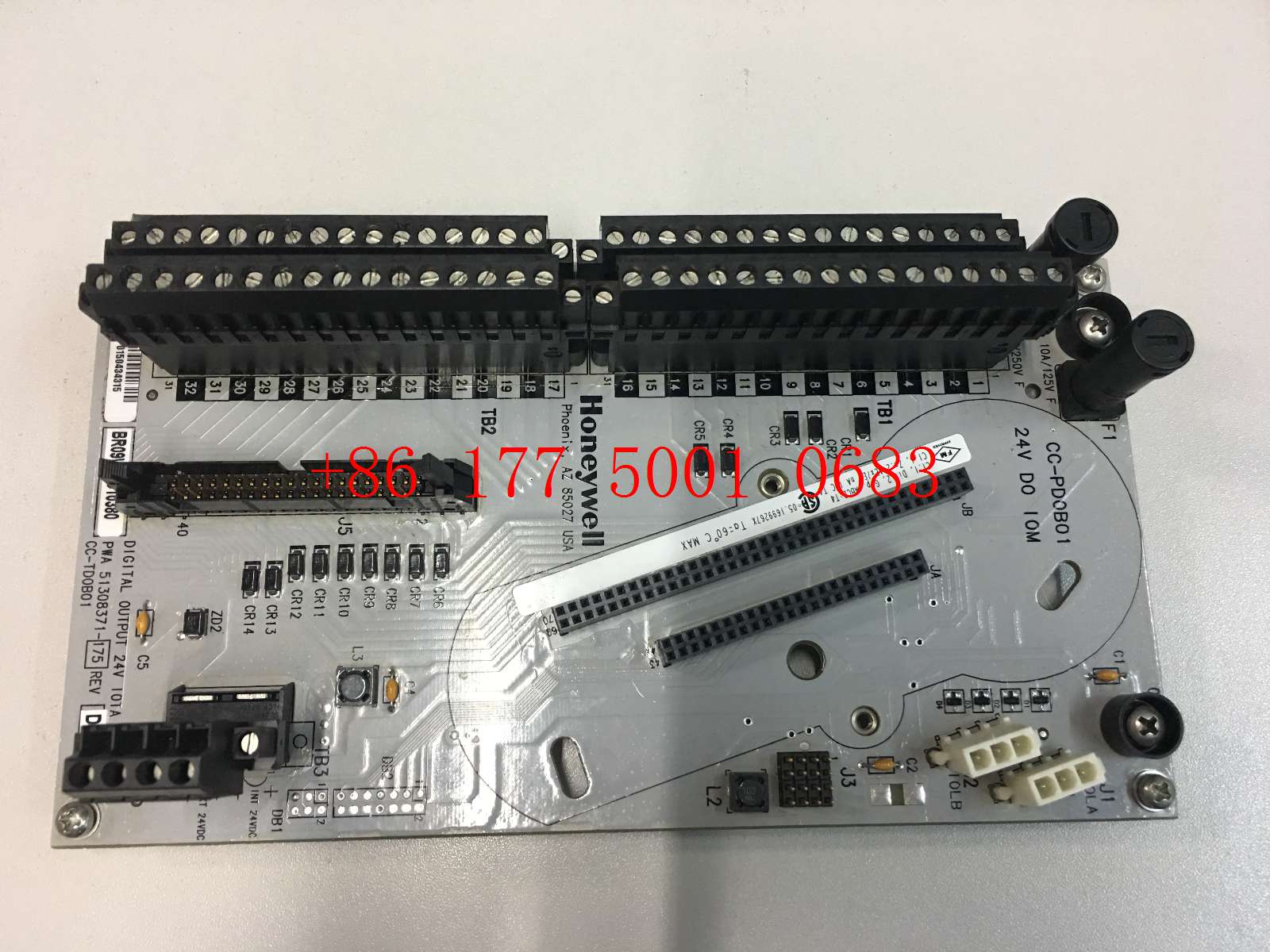
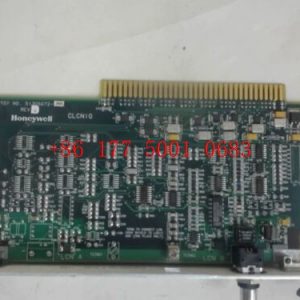
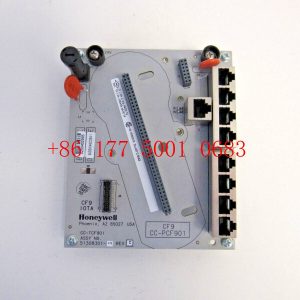
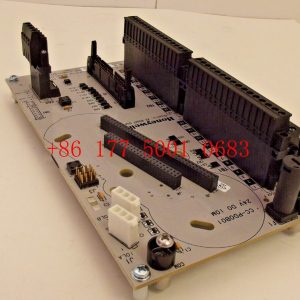
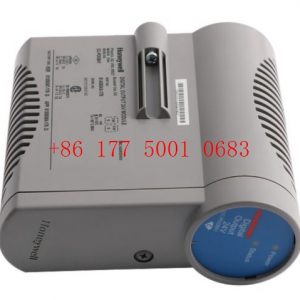




Reviews
There are no reviews yet.